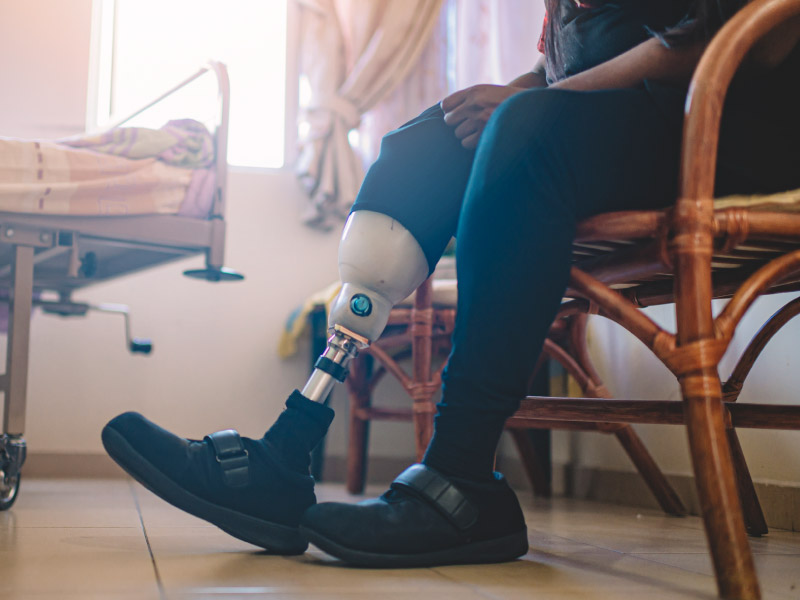New research published in Circulation indicates that individuals in their 50s with severe peripheral artery disease (PAD) are at a higher risk of undergoing leg amputation within one to five years after emergency surgery to restore blood flow, compared to those in their 80s.
PAD, caused by narrowing arteries due to cholesterol buildup, affects an estimated 10 to 12 million U.S. adults over 40, leading to symptoms such as painful cramping in the lower limbs during physical activity.
The study, led by Qiuju Li, Ph.D., from the London School of Hygiene and Tropical Medicine, challenges the traditional belief that older individuals are more likely to face major amputation.
The analysis of data from nearly 95,000 adults over 50 who underwent revascularization surgery between 2013 and 2020 in England revealed that younger patients, particularly those aged 50-54, had a significantly higher risk of major amputation compared to their older counterparts.

Among those who had emergency revascularization, patients aged 50-54 faced an 18% risk of major amputation within one year and a 28.8% risk within five years. In contrast, those aged 80-84 had an 11.9% risk at one year and a 17% risk at five years.
For elective revascularizations, the risk of amputation was lower across all ages, with 10.8% for the younger group and 6.5% for the older group at five years.
While the risk of major amputation was lower for older patients who had elective surgery, the risk of death without amputation was notably higher for them.
After elective and emergency revascularizations, 48.7% and 58.9% of older patients (80-84 years) died within five years, compared to 12.9% and 16.9% of younger patients (50-54 years). The study also found that death rates after major amputation were higher for older patients within six months of revascularization.
The findings emphasize that while older patients face increased mortality risk, their likelihood of major amputation is lower compared to younger patients. The study also highlights the complexity of PAD treatment, suggesting that age alone does not determine outcomes and that treatment plans should be tailored to individual patient profiles.
The analysis, which reviewed data from 94,690 PAD patients who underwent revascularization in England, did not consider subsequent surgeries or variations in disease severity.
It also lacked racial or ethnic information due to database limitations. The results underscore the need for personalized treatment approaches and a better understanding of how PAD progression varies by age and treatment type.
